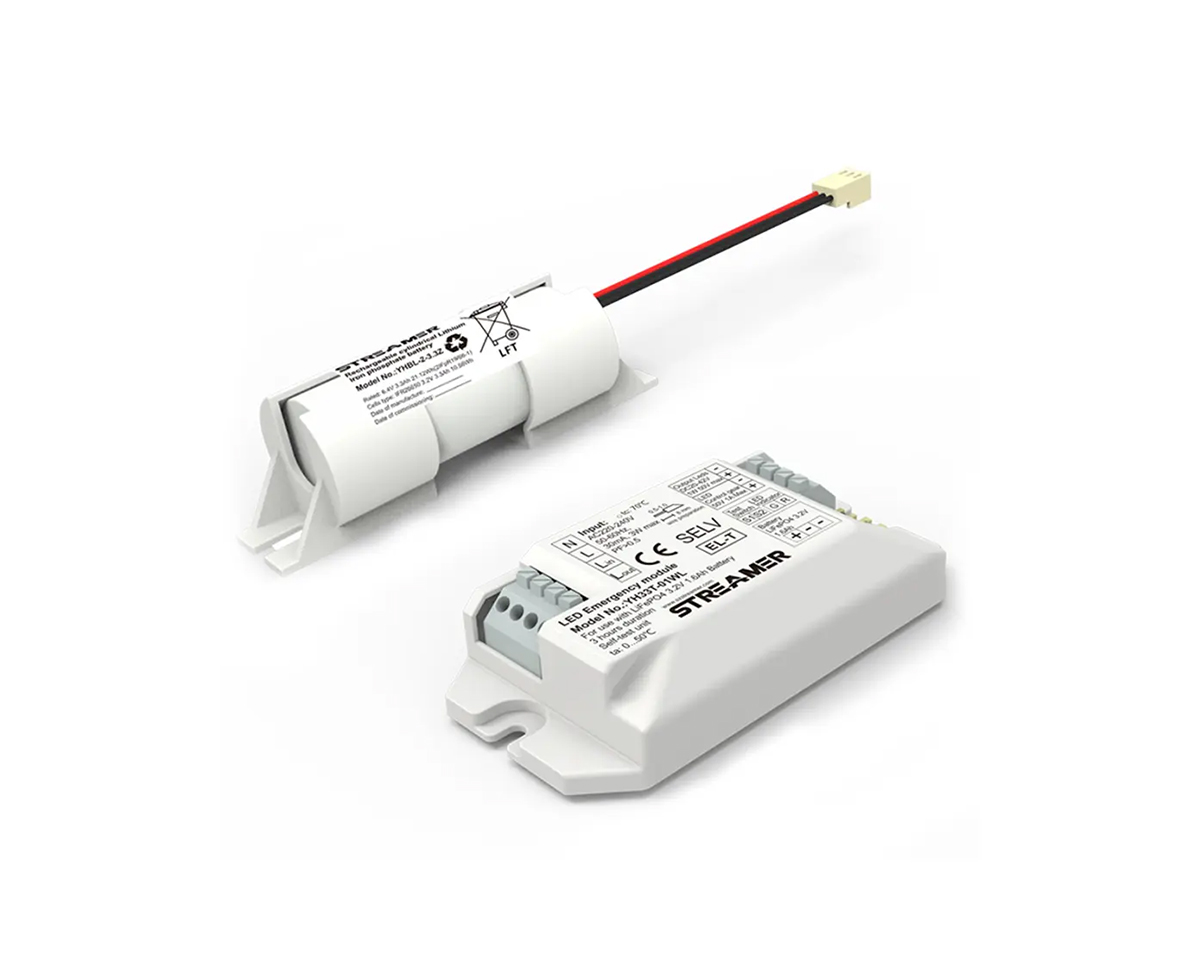 1
1
 Mar 03, 2025
Mar 03, 2025

As an LED emergency power supply ages, several effects can be observed. One of the most noticeable is a decrease in battery capacity. Over time, the chemical reactions within the battery that store and release energy become less efficient. This means that the battery will be able to hold less charge, resulting in a shorter backup time for the LED lights during emergencies. For example, a new LED emergency power supply with a battery that can power the lights for 3 hours may only be able to provide 1 - 2 hours of backup power after a few years of use.
The performance of the LED lights themselves may also degrade with age. The brightness of the LEDs may decrease, and the color quality may change. This is due to the degradation of the semiconductor materials within the LEDs. The light output may become dimmer, reducing the effectiveness of the emergency lighting. In some cases, individual LEDs may even fail, causing dark spots in the lighting array.
The electrical components of the power supply, such as capacitors and resistors, may also experience aging effects. Capacitors can lose their capacitance over time, which can affect the stability of the power supply's output voltage. Resistors may change their resistance values, leading to abnormal current flow. These changes can cause the power supply to malfunction or provide inconsistent power to the LED lights.
Another aging effect is the degradation of the physical materials used in the power supply's construction. The plastic housing may become brittle and crack, exposing the internal components to dust, moisture, and other environmental factors. The connectors and wires may also experience corrosion, leading to poor electrical connections. To mitigate these aging effects, regular maintenance and periodic replacement of worn - out components are necessary. Monitoring the performance of the LED emergency power supply over time and conducting regular checks can help detect early signs of aging and allow for timely intervention to ensure its continued functionality during emergencies.